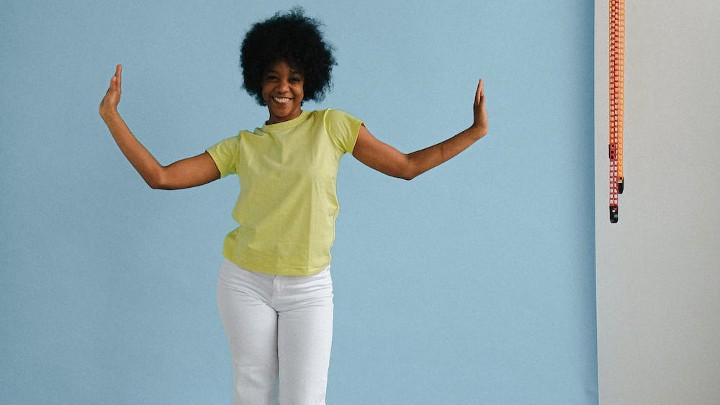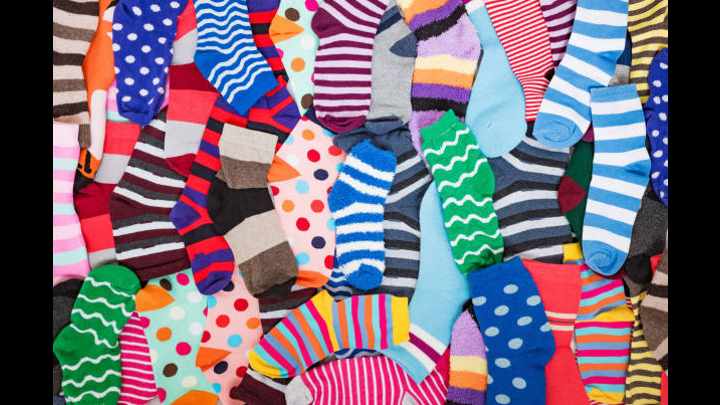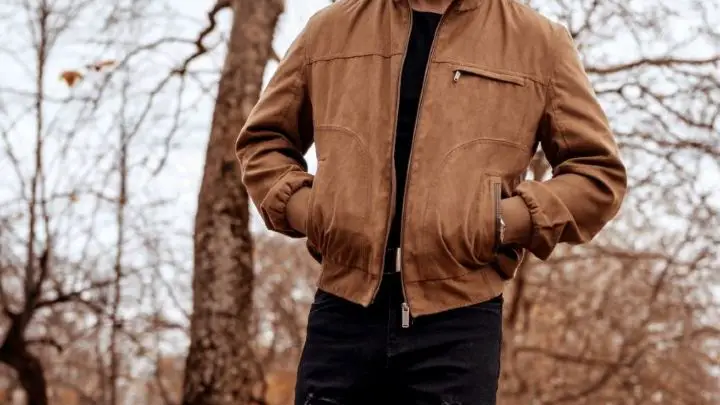What does the T in T-shirt stand for? Since you are curious to know, you’ve arrived at the right place. T-shirts, or Tees, have been around for a long long time and are one of the most versatile and comfortable pieces of clothing that you can own.
Whether you’re looking for a casual top to wear on a weekend outing or a more dressed-up option for a night out, a T-shirt is a great choice. And, with so many ways to style them, you’re sure to find the perfect one for you.
This article will explain the origin of T-shirts and what T in T-shirts stand for.
Origin of T-shirts
A T-shirt, or Tee shirt, is a style of unisex fabric shirt named after the T shape of its body and sleeves. Traditionally it has short sleeves and a round neckline, known as a crew neck, which lacks a collar.
T-shirts are generally made of stretchy, light, and inexpensive fabric and are easy to clean.
SEE: Best Evergreen Gift Ideas for Women
The 1900s – 1930s

According to the Merriam-Webster dictionary, the origins of T-shirts date back to the early 1900s. They were first issued to US Navy sailors in 1913. Many believe T-shirt was first created in the United States during the American Civil War.
Then, soldiers would often cut off the sleeves of their shirts to stay cool in the summer heat.
In the 1920s-1930s, T-shirts became a popular item to wear at beach resorts and a wardrobe staple for both men and women. People began to see them as a way to stay cool and comfortable in the hot sun. And they wore them as undershirts or casual wear.
The 1940s – present
In the 1940s to 50s, T-shirts were still workwear for soldiers and sailors and had become a symbol of youth culture. They were often worn by James Dean and Marlon Brando in movies such as “Rebel Without a Cause” and “The Wild One.”
By the 1960s, T-shirts were popular among anti-war protesters and civil rights activists, who were fond of wearing them while trying to make a political statement.
In the 1970s – 80s, T-shirts became more mainstream as fashion items. And around this time, stretchy synthetic fabrics, such as spandex, were used in manufacturing them. They were also often decorated with logos or images, which most people really liked.
In the 1990s, T-shirts were often made of cotton, and came in many colors and styles. Today, they are still a wardrobe staple for people of all ages and are comfortable, easy to maintain, and affordable.
What does the T in T-shirt stand for?
The T in a T-shirt is pronounced ‘Tee.’ But it got its name from its letter T-shape.
A Tee is a short-sleeved collared shirt made of cotton. It has the shape of the letter T when laid flat, and some prefer to call it a golf or tennis shirt.
What is the difference between T-shirts and shirts?
One of the main differences is that T-shirts come from thinner, more breathable fabrics than shirts. That makes them ideal for warmer weather or for people who perspire more than average. They also have shorter sleeves than shirts.
Conversely, shirts are more professional than T-shirts and have a collar or necktie.
SEE: Is It Right To Wear A T-shirt Under A Sweatshirt?
FAQs
When did ‘T-shirt’ become an official word?
The 1920s. This was also the time when Merriam-webster dictionary first added the word, and they were the first to do so.
Where was the t-shirt invented?
In New york. The inspiration for T-shirts came from union suits, a type of button-down onesie.
Who popularized t-shirts?
Hippies and protesters did in the 1960s. By the 1970s, athletes and celebrities wore them more often, creating a mainstream rave.
SEE: Difference And Similarities Between Dress Shirt And Button Down Shirt
Conclusion
There are a few theories out there about the origins of the phrase “T-shirt.” But one stands true- “T” in a T-shirt represents the shape of the shirt’s body, which is similar to that of the letter T.
However, all T-shirts have one thing in common – they are here to stay.
Regardless of what it stands for, T-shirts have been the hallmark of fashion and comfort. With different variations over decades, it remains widely popular clothing, and that is not changing anytime soon.
Thanks for reading.
Africana Fashion has relevant fashion articles to keep you up-to-date with the latest trends.







